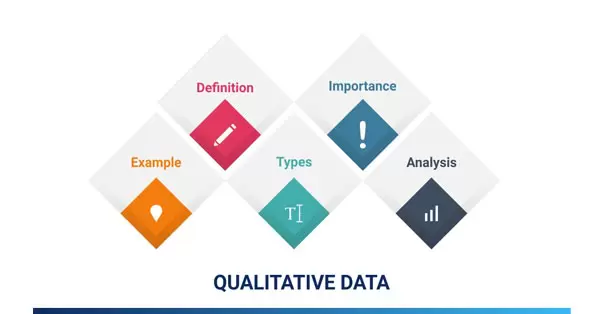Since most of us are in the mood for a healthy dose of politics, let us look at President Truman’s race through a “sampling” lens. Truman was pitted against Dewey, and one of America’s most influential papers had declared “Dewey Defeats Truman” on the eve of Truman’s victory. Why did this debacle occur? The pollster at the Tribune thought they’d get the picture if they only surveyed rich white Americans with telephones. Unluckily for Dewey, a lot more non- Rich white Americans (with no telephones) showed up to cast their ballot for Truman. Sampling is important. It can sway a Presidency poll. In this part, we’ll look at Qualitative and Quantitative sampling strategies commonly used by researchers and the logic behind their usage.
First off, let us recap what a sample is. It is a subset of the population we are interested in studying, chosen either through a probabilistic or non-probabilistic means. Following a probabilistic method gives us a likelihood of estimate of selecting any member of the population. The quantitative methodology utilizes the former, while qualitative researchers often make do with the latter. So, now the question to ask is why don’t qualitative researchers simply follow en-suite with the quants? To answer this question we’ll have to look at the assumptions of quantitative and qualitative sampling and how that affects their research objective.
We’ll end the second part of this series with a pictorial display of common sampling techniques used in quantitative and qualitative research. The third and last part on qualitative/quantitative research will be about each method.

